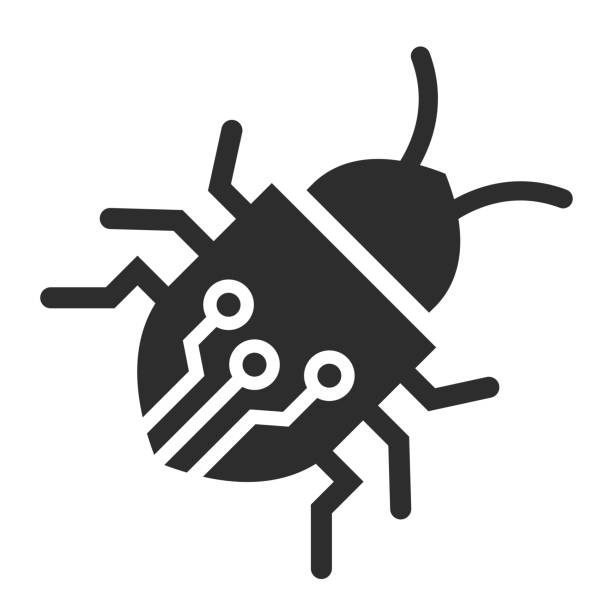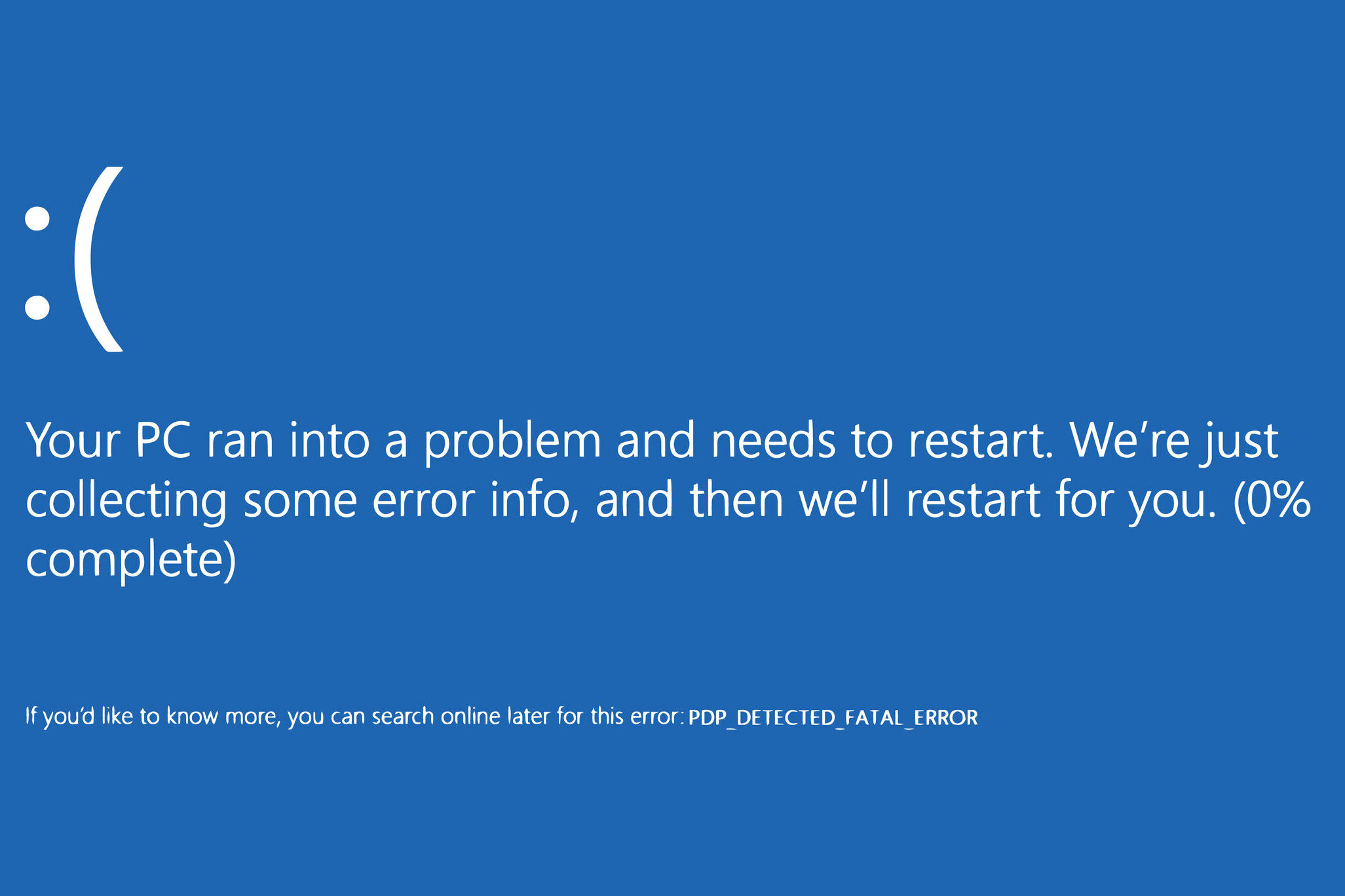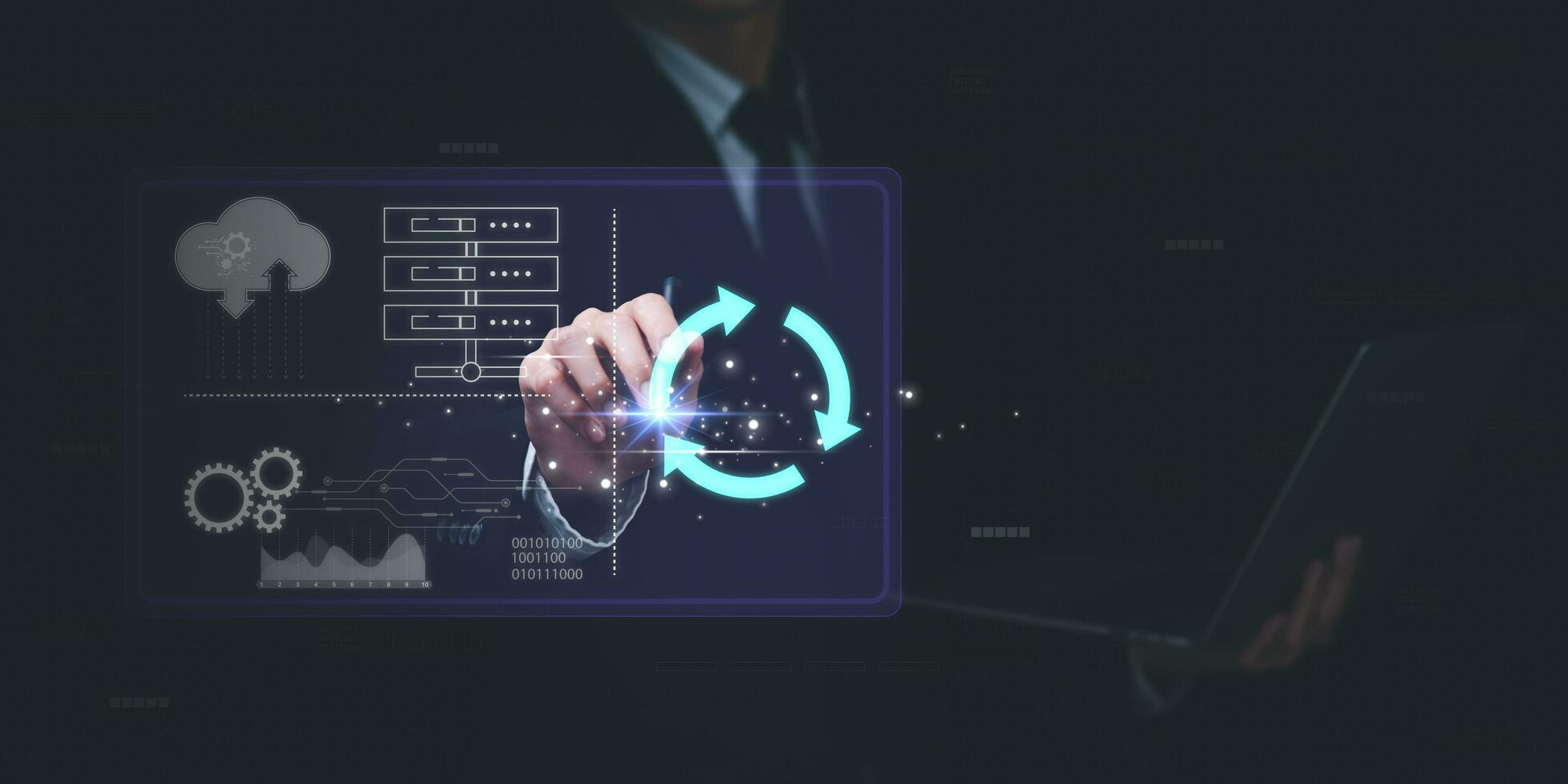What is Software Defect
 Pavlin
Pavlin
Software Defects, also known as bugs or errors, are flaws or mistakes in software code that cause it to behave unexpectedly or not meet the intended functionality.
These defects can occur due to various reasons, such as coding errors, logic mistakes, or inadequate testing. Identifying and fixing software defects is crucial to ensure the reliability, performance, and security of software applications.
Common types of software defects
Syntax errors
Syntax errors occur when the code violates the rules of the programming language. These errors are often detected by the compiler or interpreter during the compilation or execution phase.

Common syntax errors include missing semicolons, mismatched parentheses, or incorrect variable declarations.
Logic errors
Logic errors are defects that occur when the code does not produce the expected output due to flawed logic. These errors can be challenging to identify as the code may run without any error messages, but the results may not be accurate. Logic errors can lead to incorrect calculations, data corruption, or unexpected program behavior.
Interface errors
Interface errors occur when there are issues with the interaction between different software components or systems. These errors can result in data loss, system crashes, or incorrect data transmission. Interface errors often arise due to incompatible data formats, incorrect API usage, or miscommunication between different software modules.
Calculation errors
Calculation errors occur when the code performs incorrect mathematical calculations. These errors can lead to inaccurate results, financial losses, or incorrect decision-making. Calculation errors can be caused by rounding issues, incorrect formula implementation, or improper handling of numerical data.
Performance issues
Performance issues are defects that affect the speed, efficiency, or resource utilization of software applications. These issues can result in slow response times, high memory usage, or system crashes.
Performance issues can be caused by inefficient algorithms, memory leaks, or poor code optimization.

Software defects are common in the development process and can have significant consequences for businesses and users. Identifying and fixing defects is crucial to ensure the reliability, performance, and security of software applications
Causes of Software Defects
Software defects are common in the development process and can lead to failures or malfunctions in the software. Understanding the causes of these defects is crucial for improving the quality of software products.
Human Error
One of the primary causes of software defects is human error. Developers, testers, and other team members involved in the software development process are prone to making mistakes.

These errors can occur due to a lack of attention, misunderstanding requirements, or simply overlooking certain aspects of the code.
Poor Training
Insufficient training can also contribute to the occurrence of software defects. When developers and testers are not adequately trained in the technologies, tools, or methodologies they are working with, they are more likely to introduce errors into the software.
Lack of knowledge and understanding can lead to incorrect implementation or testing practices, resulting in defects.
Time Pressure
In many software development projects, there is often a sense of urgency to meet tight deadlines. When developers and testers are under significant time pressure, they may rush through their tasks, leading to mistakes and oversights. This can increase the likelihood of introducing defects into the software.
Code Complexity
The complexity of the codebase is another factor that can contribute to software defects. As software systems become more intricate and feature-rich, the chances of introducing errors also increase. Complex code is harder to understand and maintain, making it more susceptible to defects. Additionally, integrating multiple components and dependencies can introduce compatibility issues and bugs.
Complexity of Infrastructure
Software systems often rely on a complex infrastructure of servers, databases, networks, and other components. The complexity of this infrastructure can introduce potential points of failure and vulnerabilities that can lead to defects. Misconfigurations, compatibility issues, or inadequate infrastructure management can all contribute to the occurrence of defects.
Changing Technologies
The rapid pace of technological advancements can also be a cause of software defects. When developers need to adapt to new technologies, frameworks, or programming languages, there is a learning curve involved.

During this transition period, mistakes and errors are more likely to occur, leading to defects in the software.
Conclusion
In conclusion, software defects can arise from various factors, including human error, poor training, time pressure, code complexity, complexity of infrastructure, and changing technologies.
FAQs
1. What is the difference between a software defect and a software bug?
While the terms "defect" and "bug" are often used interchangeably, there is a subtle difference between them. A defect refers to a flaw or error in the software, whereas a bug specifically refers to a defect that causes the software to produce incorrect or unexpected results.
2. How can I report a software defect?
You can report a software defect by using the designated defect tracking system or by contacting the software development team directly. Provide a clear description of the defect, steps to reproduce it, and any supporting evidence to help the developers understand and resolve the issue.
3. Are all software defects critical?
No, not all software defects are critical. The severity of a defect depends on its impact on the software's functionality, performance, and usability. Some defects may have a minor impact, while others can be critical and render the software unusable.
4. Can software defects be completely eliminated?
While it is not possible to completely eliminate software defects, their occurrence can be significantly reduced through effective defect management practices, robust testing, and adherence to coding and design best practices.
5. How often should software defects be addressed?
Software defects should be addressed as soon as they are detected to prevent any further impact on the software's functionality and end-users. Timely resolution of defects helps in maintaining the quality and reliability of the software.
Subscribe to my newsletter
Read articles from Pavlin directly inside your inbox. Subscribe to the newsletter, and don't miss out.
Written by
